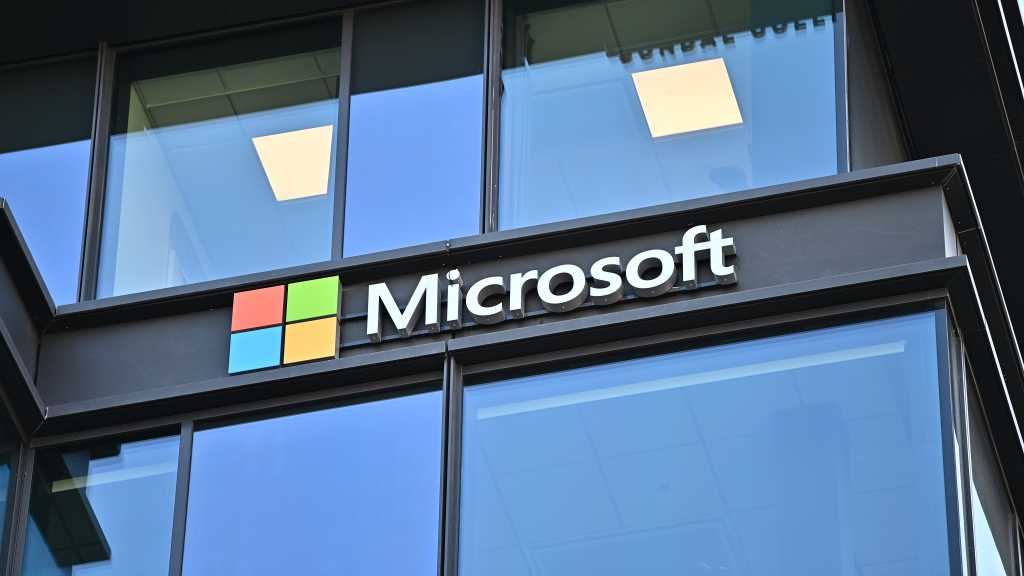
Another timeline would be triggered two years earlier, the agreement said: “Microsoft’s IP rights to research, defined as the confidential methods used in the development of models and systems, will remain until either the expert panel verifies AGI or through 2030, whichever is first.” However, Microsoft explicitly retains the rights to what it calls “non-research IP,” including model architecture and weights, inference and fine tuning code, and “any IP related to data center hardware and software.”
The AGI definition debate
Mike Gualtieri, a VP/principal analyst for Forrester, was intrigued by how much of the deal revisions focused on AGI.
“It’s fascinating that Microsoft and OpenAI partnership evolution is, in part, based on when AGI is declared. AGI could be three years away or it could be 10 years away. If OpenAI or Microsoft were to achieve AGI, then every enterprise in the world would be clamoring for it. But neither Microsoft nor OpenAI have telegraphed anything other than hype that AGI is near,” Gualtieri said. “I think it is highly likely that AGI won’t be achieved by just one organization, but near simultaneously by other research and commercial groups like Google, xAI, Meta, and Chinese hyper-scalers. OpenAI certainly doesn’t have a lock on LLMs.”


